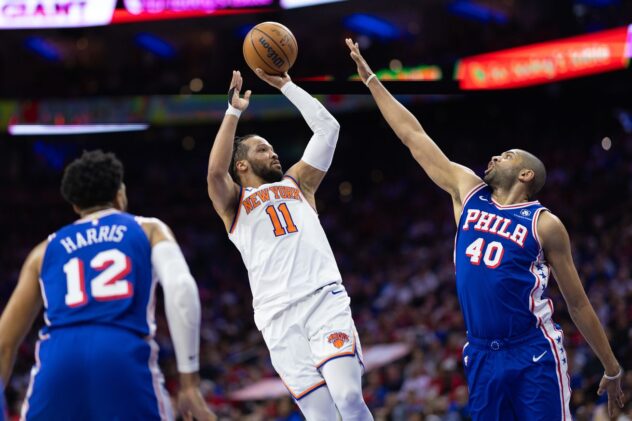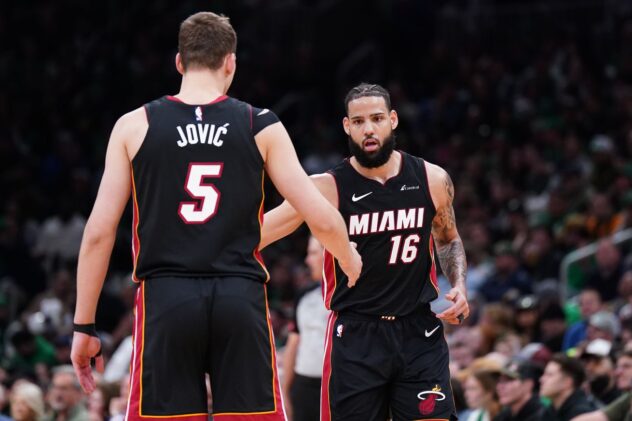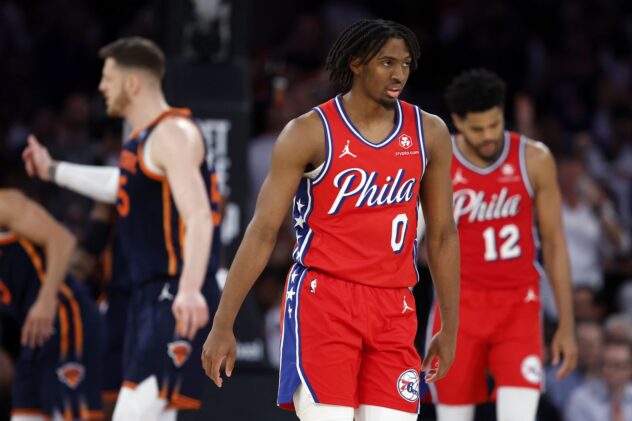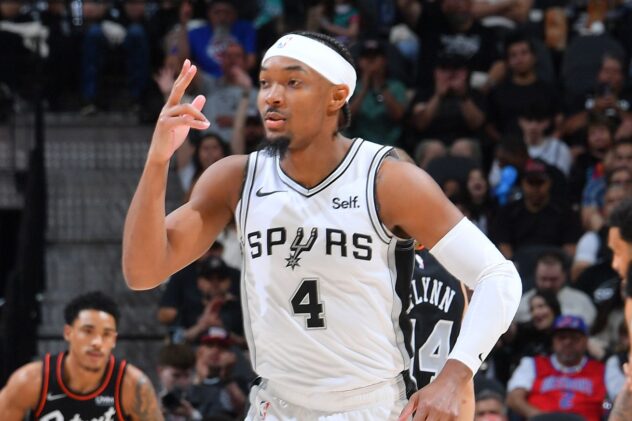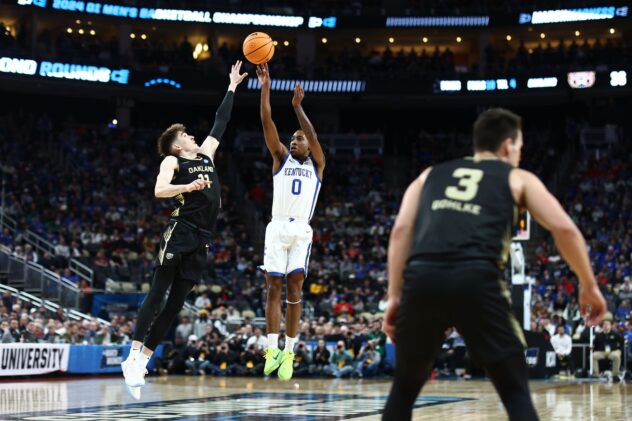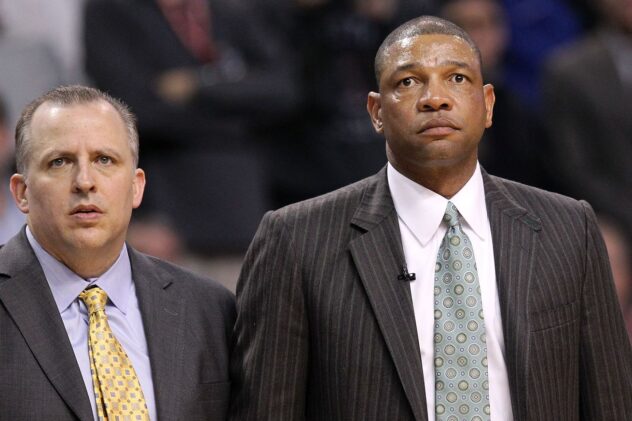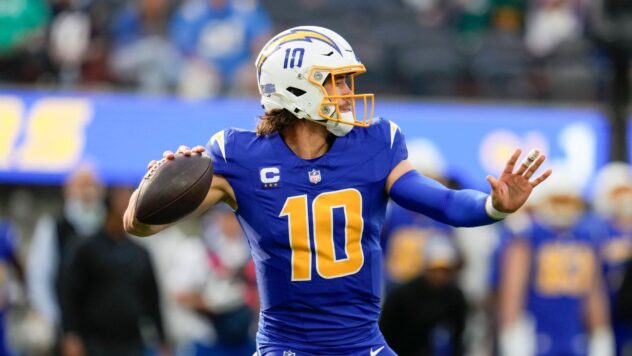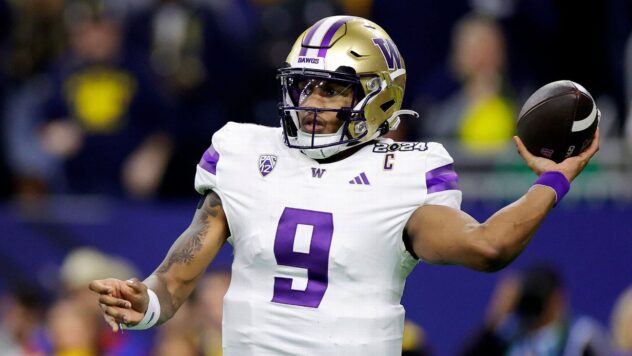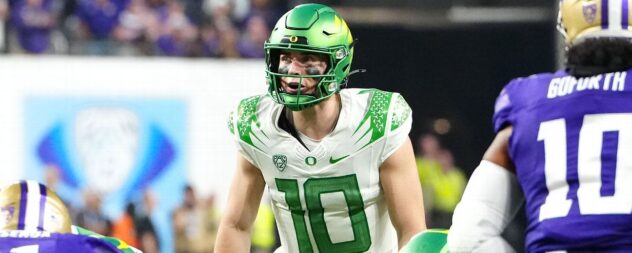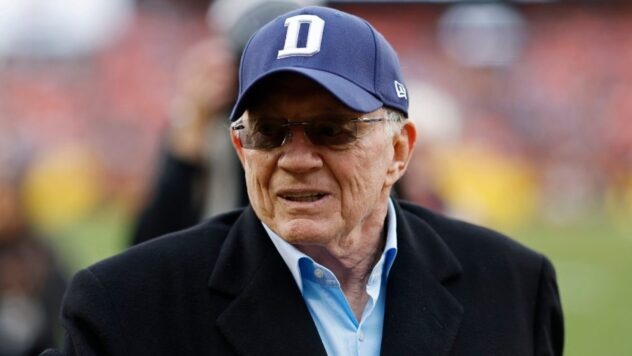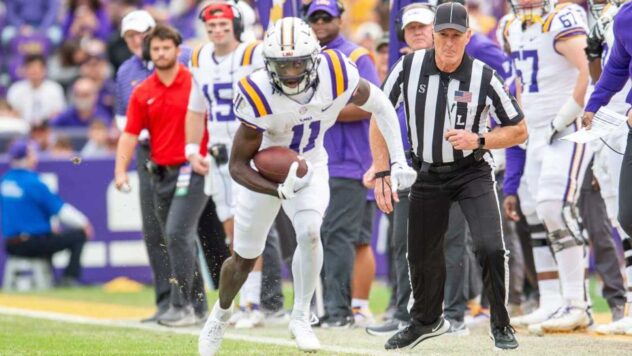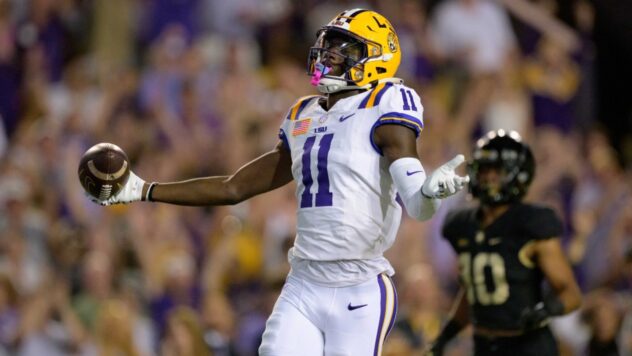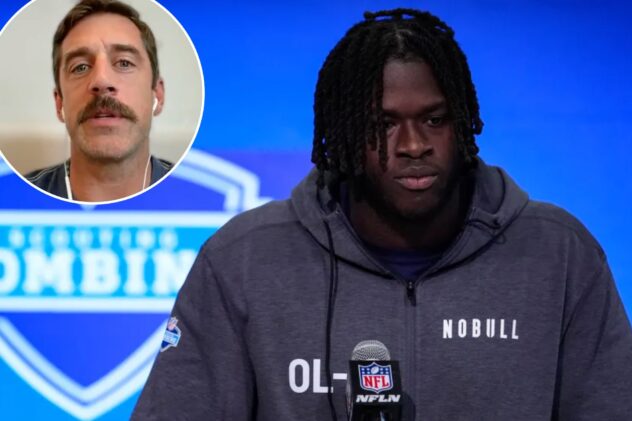Spurs’ Depth Chart Breakdown: The guards will need to find strength in numbers
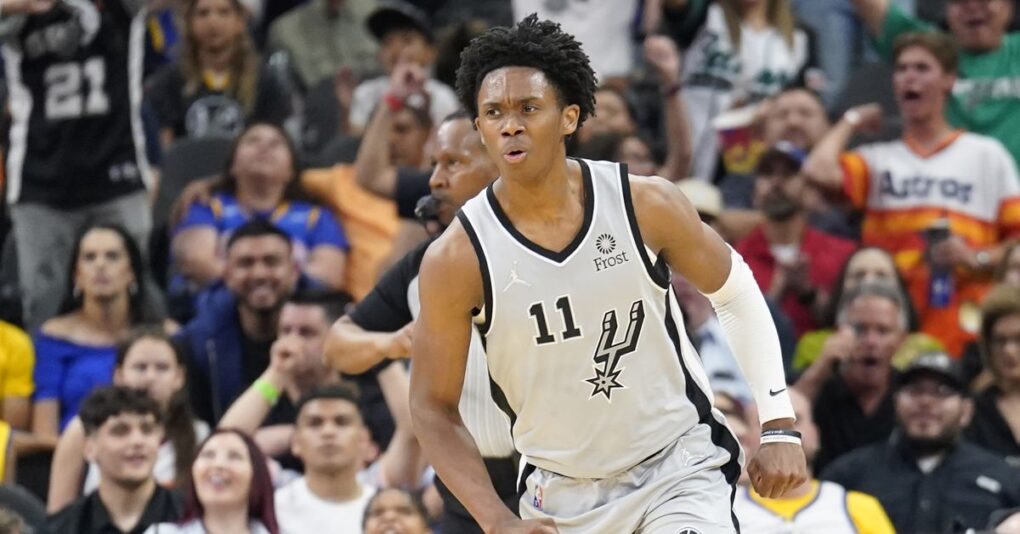
The offseason is getting quiet. The draft is in the past, and free agency is almost over. There are still a couple of big trades that might be coming, but for the most part, teams have built their rosters, and the Spurs are no exception.
Some of the names will likely change by opening night, but it’s a good time to take a look at how the depth chart looks right now, to see what the team’s strengths and weaknesses are. To do so, we’ll go over the three main groups: guards, forwards, and bigs.
Let’s start with the guards.
Depth chart
PG: Tre Jones – Josh Primo – Blake Wesley
SG: Devin Vassell – Malaki Branham – Josh Richardson
Tre Jones is the only pure point guard on the roster, and considering there’s not a lot of ball handling in the starting lineup, it’s probably the right move to have him replace Dejounte Murray as the team’s starting PG. Josh Primo will likely spend time as the lead guard as well, while rookie Blake Wesley will probably get the scraps as the third-stringer. At shooting guard, Devin Vassell should have his starting spot locked up, with Primo backing him up and rookie Malaki Branham getting some minutes as well. Josh Richardson could fill in at the spot if the Spurs decide to go bigger at small forward.
Weaknesses: There’s little shot creation and outside shooting
What becomes clear immediately is that the group is lacking proven, high-usage shot creation. For Vassell and Richardson, over three quarters of their total makes were assisted last season. Primo was assisted on over two thirds of his. Jones created a shade over half his buckets, which is better but not great. The rookies carried heavy offensive loads in college but might initially struggle to make an impact. Wesley was inefficient even at a lower level and could take a while to develop. Branham’s pick and roll-heavy attack could prove useful in spurts, but it remains to be seen if he can handle a big role in the pros while receiving significant defensive attention. The biggest weakness on paper right now for the guard corps is probably the lack of a clear-cut, high-usage option to function as the engine of the offense.
That is not the only issue, unfortunately. Outside shooting could be a problem as well. Jones has been a very reluctant shooter since college, and while he worked on it in the last two months of last season, he still shot just 24 percent on 1.45 attempts a night from outside in his last 20 games. Primo was a willing shooter, and his stroke looked great from the start, but the results so far haven’t been impressive, as he only connected on 31 percent of his shots as a rookie. Wesley, meanwhile, shot only 30 percent from outside in college. All three could struggle to play off the ball, which makes the prospect of playing at least two of them together tricky. Vassell, Branham and Richardson should fare better, but there are some question marks around their shooting as well. Richardson shot a career-best by a mile last season, Vassell was just league average, and Branham wasn’t a volume shooter at Ohio State. Spacing could be an issue.
Strengths: It might be unproven, but there is depth
There are reasons for optimism about the rotation working out despite some clear issues. It’s possible Jones’ game has more scalability than it has seemed to so far as a primary ball handler, and the rest of the guards could provide shot creation by committee. Primo has reps at lead guard at the NBA level, and both Branham and Wesley acted as featured options in college, so they won’t be completely out of their element on the ball. There’s also a chance that either Vassell or Keldon Johnson take a step forward as self-creators as well, easing the burden on the younger guys. Josh Richardson could also lend a hand there, although relying on him wouldn’t be ideal. It might be hard to know who’s going to create on any given night, but with some mixing and matching the guards should be able to manufacture open looks as a group.
Similarly, there might not be any standout defenders among the guards — although Vassell could easily become one — but there’s plenty of length and athleticism. Other than Jones, everyone else is 6’4” or taller, with a solid wingspan. Pretty much any combination should work. The team’s switch-heavy schemes have at times been tough for the younger guys to master, which should continue, but simply having size should help. There’s also a nice mix of on-ball defenders, like Jones and Primo, and disruptive team defenders like Vassell and, potentially, Wesley. The foundation to eventually build a good perimeter defense seems to be there and it will be interesting to see what pairings work well thinking about the future. Spreading the offensive load among several players should also allow everyone to exert effort on the other end, which could lead to the type of activity level that turns defense into offense.
Outlook
Losing an All-Star without replacing him with any veteran has clearly left the Spurs significantly weaker at the guard spots. Murray was a solid first option on offense, and despite not being as good on the other end as he was earlier in his career, he was still an above-average point-of-attack defender. No one currently on the roster can provide the two-way production he delivered. There’s no getting around it: the guard play will likely be one of the Spurs’ biggest weaknesses next season.
The lack of consistent competence should be mitigated with some entertaining play from talented young players, at least. Even if the rookies don’t get a lot of run initially, watching how Jones, Primo, and Vassell develop will be fascinating. And there is a chance that on any given night, at least one of the guards will do something that shows off their potential and helps the team compete.
With a little luck, it will happen often enough to keep most games fun.

